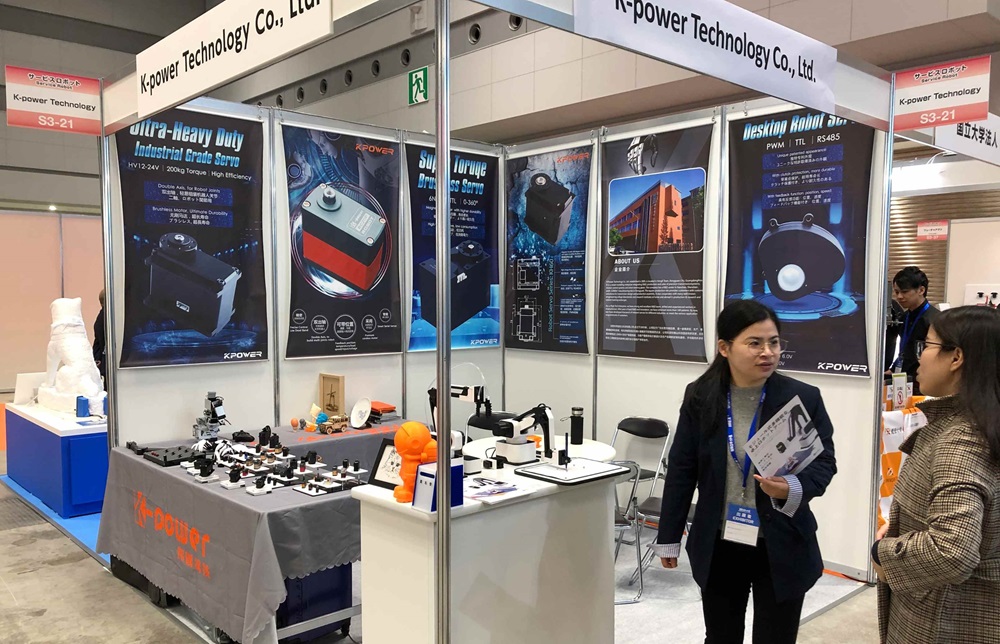Sure, here's the first part of the article. I'll continue with part 2 right after this!
The Basics of DC Gear Motors and Why 2 RPM Matters
When it comes to designing machines that require precise motion control, the choice of motor can make or break the project. For engineers, hobbyists, and manufacturers alike, understanding the nuances of different motor types is essential. One motor that stands out for specific applications is the DC gear motor, particularly those with an output speed of 2 RPM (rotations per minute). These motors combine the reliability and efficiency of direct current (DC) motors with the mechanical advantage of gear reduction, making them ideal for a wide range of low-speed, high-torque applications.

What Is a DC Gear Motor?
At its core, a DC motor is an electric motor powered by direct current electricity. It converts electrical energy into mechanical motion, with its speed determined by the voltage applied to it. However, for many applications, especially in robotics, automation, or mechanical systems, a motor's speed must be controlled precisely, and sometimes even reduced to very low speeds.
This is where gear reduction comes into play. A DC gear motor is essentially a DC motor paired with a set of gears that reduce the motor’s rotational speed, while simultaneously increasing its torque. The gears function like a mechanical amplifier, enabling the motor to deliver higher force at lower speeds. The ratio of gears determines the motor’s output speed, so a motor designed for 2 RPM output will rotate at just 2 revolutions per minute, no matter how fast the DC motor itself turns.
For a 2 RPM DC gear motor, the gear reduction typically comes from a series of planetary gears, which are compact, durable, and efficient. These gears work together to transform the high-speed, low-torque input of the DC motor into low-speed, high-torque output, perfect for tasks that require precision.
Why Choose a 2 RPM DC Gear Motor?
The specific speed of 2 RPM is valuable in situations where slow, controlled motion is necessary. This might seem like an unusually low speed compared to more common motor speeds, but it is precisely this low speed that makes it an excellent choice for particular applications.
Precision Control: A 2 RPM motor is ideal when precision is paramount. In robotic arms, for example, movements often need to be slow and deliberate to avoid errors or damage. Whether the task is assembling small parts, adjusting angles, or moving delicate objects, the low speed allows for fine-tuned adjustments.
High Torque at Low Speed: The combination of DC motor power and gear reduction enables high torque output at a low speed. This makes 2 RPM motors perfect for tasks that require a significant amount of force, such as driving a conveyor belt, operating a small winch, or powering a mechanical system that needs to bear weight or apply pressure without spinning too quickly.
Energy Efficiency: DC gear motors are generally more efficient than their AC counterparts, and the low RPM of a 2 RPM motor can translate to lower energy consumption in specific applications. By optimizing speed and torque, these motors ensure that energy is used efficiently while still maintaining performance.
Quiet Operation: DC gear motors are often quieter than other types of motors, particularly when used at low speeds. The 2 RPM output reduces vibration and noise, making them ideal for applications in environments where noise control is critical, such as medical equipment, office machinery, or consumer electronics.
Applications of 2 RPM DC Gear Motors
The versatility of 2 RPM DC gear motors shines through in various industries and uses. Below are some of the common applications where this specific motor speed offers distinct advantages:
Robotics: In robotic systems, especially those involving arms or precise positioning, a 2 RPM motor is an excellent choice. It allows for slow, controlled movements that are essential for handling sensitive tasks like assembly, picking and placing objects, or operating robotic grippers with high precision.
Automated Systems: Many automated systems, from production lines to packaging machines, require motors that can operate at low speeds while still providing the necessary torque. The 2 RPM motor is particularly useful in these applications, where it can drive mechanisms like conveyors, gears, or even actuators with controlled, consistent motion.
Model Trains and Mechanical Simulations: Hobbyists in the world of model trains and mechanical simulations often rely on slow-moving motors for realistic movement. A 2 RPM DC gear motor can simulate the slow, steady pace of a real-life machine, whether it's moving a model train along a track or replicating the motion of a machine for educational purposes.
Home Appliances: In home automation, a 2 RPM motor can be used for devices such as blinds, curtain openers, or small, precise fan systems. The motor’s ability to move slowly and steadily makes it well-suited for these household applications, where even motion and energy efficiency are key.
Key Benefits of 2 RPM DC Gear Motors
Accuracy: As mentioned earlier, the low speed allows for precise control of the mechanism’s motion, making it perfect for tasks that require minimal margin for error.
Robust Performance: Thanks to their gear system, 2 RPM DC motors are capable of providing consistent, smooth power output with minimal maintenance, especially in industrial applications that require continuous operation.
Adaptability: With various voltage options available (12V, 24V, etc.), these motors can be adapted to different power systems, making them suitable for a wide range of electrical setups.
Enhancing Your Designs with 2 RPM DC Gear Motors
Now that we’ve explored the basics and applications of DC gear motors with 2 RPM, let’s dive deeper into how they can be used to enhance your mechanical designs and improve overall performance.
I'll follow up with part 2 next!
Kpower has delivered professional drive system solutions to over 500 enterprise clients globally with products covering various fields such as Smart Home Systems, Automatic Electronics, Robotics, Precision Agriculture, Drones, and Industrial Automation.




































